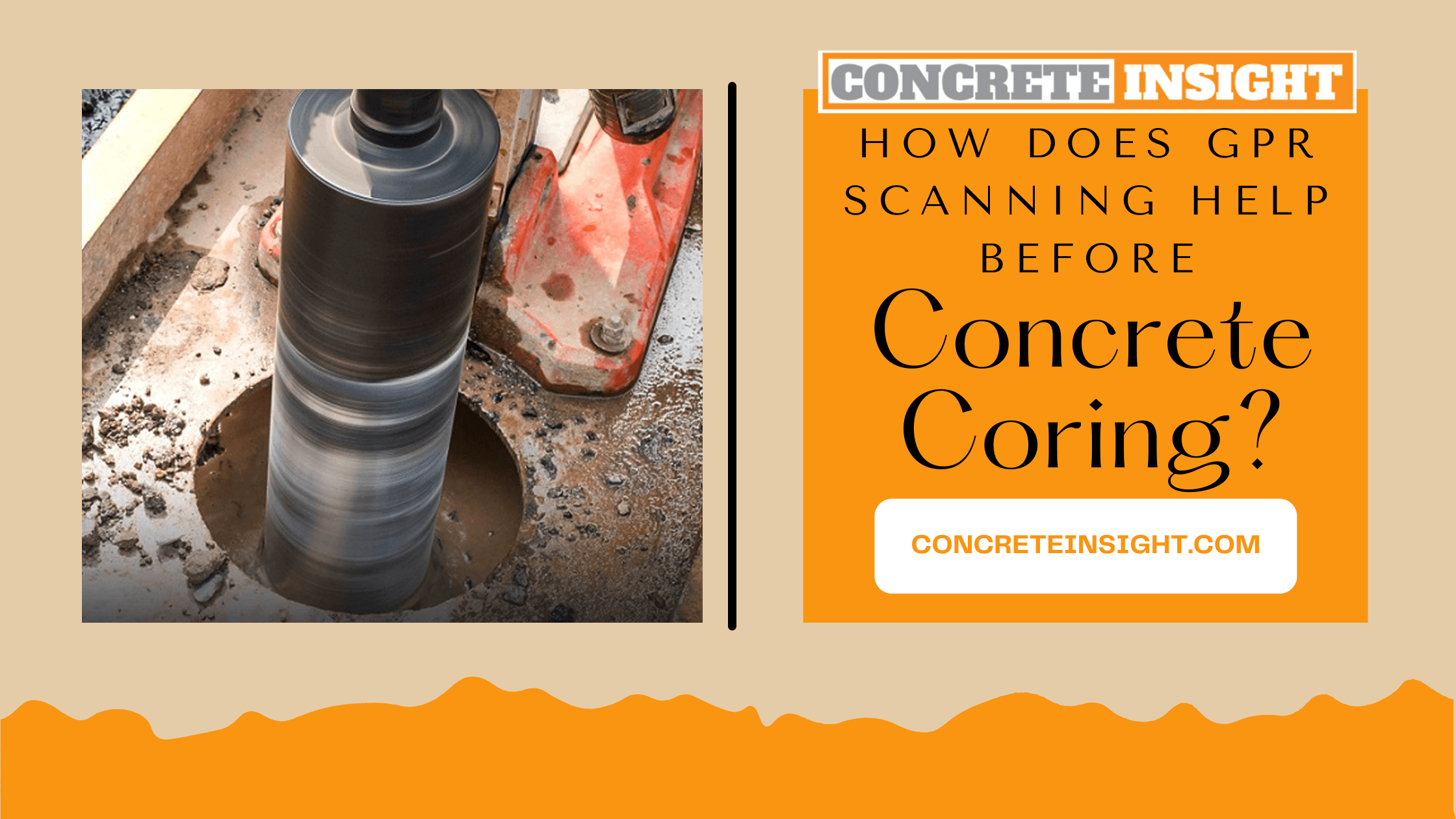Post-construction, these are two services, GPR scanning and concrete coring, that maintenance, finishing work contractors and utility installers need. Ground Penetrating Radar Scanning is a non-destructive method used to inspect concrete structures, measure slab thickness as well as locate rebars, PT cables, conduits and voids. Concrete coring is used to make precise circular holes and openings in concrete for a variety of applications, such as plumbing, electrical, drainage, HVAC and structural testing. Have a look at how GPR scanning can help before concrete coring.
GPR scanning marks the location of RebarsGround-penetrating radar inspects the concrete structure using electromagnetic waves. It can detect the exact location of the rebars in columns, slabs and walls in the concrete building. This prevents the accidental cutting of the rebars, which can put structural safety at risk. It also provides information about the spacing of the rebars that help structural engineers in the analysis of the structure.
GPR scanning identifies the voidsAir voids can occur in the concrete structure due to a variety of reasons. These are the spaces that are most prone to damage. Any drilling may result in collapse, putting the stability of the structure and safety of the people working at risk. GPR scanning locates air voids and a GPR engineer marks their location. Thus, concrete drilling staff knows where not to drill. It also helps structural engineers analyse the parts that need patchwork and repair work to increase the stability of the structure.
GPR scanning identifies utilitiesThis is the most important application of GPR scanning before performing any coring operations on existing structures. It is used to locate utility installations, such as plumbing lines, electrical conduits and HVAC ducts. This helps concrete drilling engineers choose the right place for making openings. There are many incidents where accidentally damaging the plumbing lines results in major water leaks, which put the structure at risk and end up in major repairs.
Similarly, accidentally cutting the electrical conduits results in power outages and may sometimes lead to electrocution, which puts the life of the workers at risk. That’s why most maintenance work contractors prefer to hire ground penetrating radar services in Virginia for concrete scanning before drilling the structure.
What Size of Holes Can Concrete Coring Equipment Drill?Holes are created in concrete for a variety of applications. The size of the holes concrete core drilling equipment can drill depends on the ability of the equipment. For example, at Concrete Insight, we use the advanced core boring system that can drill holes from 1″ to 60″ in diameter for testing or running conduits through walls, slabs and columns.
If you are looking for concrete scanning and/or concrete coring services, you can hire the Concrete Insight experienced team of concrete scanning and coring. We have more than 25 years of experience and offer services in Virginia, MD, DC and neighbouring states. Contact us to receive free quotes.


Comments